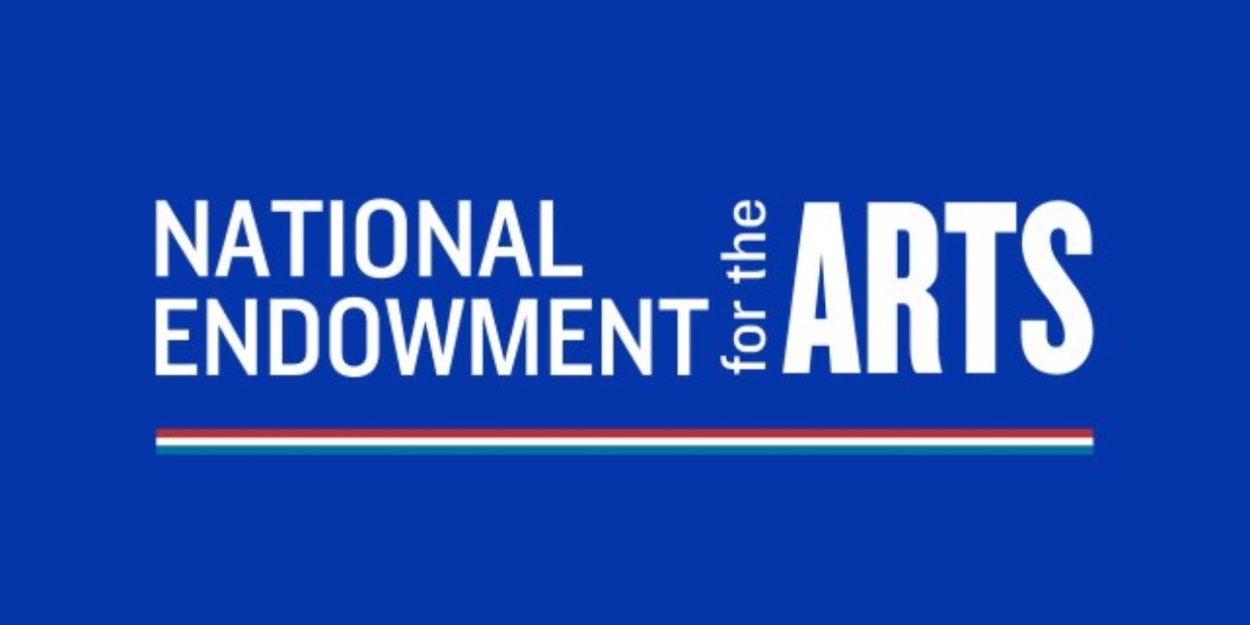NEA Report Explores Nonprofit Theater’s Struggles and Innovations
New NEA report highlights the challenges and breakthroughs shaping the future of nonprofit theater in the United States.

The nonprofit theater sector has long been a cornerstone of arts and culture in the United States, but it faces unprecedented challenges following the COVID-19 pandemic and shifting societal trends. A new report from the National Endowment for the Arts (NEA), titled Defying Gravity: Conversations with Leaders from Nonprofit Theater, offers a detailed look at the obstacles and innovations that define the current state of the field. The report is based on insights gathered from 12 listening sessions with theater professionals, union leaders, arts journalists, and other stakeholders across the country.
Financial struggles emerged as a dominant theme throughout the listening sessions. Participants cited growing labor and material costs, donor fatigue, and the decline of traditional subscription models as key pain points. Many theaters are finding it increasingly difficult to sustain operations, let alone plan for the future. “Without funding, none of the other priorities are viable,” one participant stated. The report notes that while some theaters have experimented with new revenue streams, such as real estate ventures and diversified ticket pricing, financial insecurity remains a persistent issue.
Workforce challenges are another critical concern. High turnover rates, burnout, and a loss of institutional knowledge have strained theaters of all sizes. Smaller theaters in particular have struggled to retain staff, as they often cannot compete with industries offering better pay and benefits. The report highlights the need for targeted workforce development programs, including residencies, fellowships, and mentorship initiatives. These efforts, participants suggested, could not only address skill gaps but also attract a more diverse and inclusive pool of talent to the field.
Declining audience engagement has further compounded the struggles faced by nonprofit theaters. The pandemic accelerated existing trends of reduced attendance, as economic pressures and changing cultural habits reshaped how people consume entertainment. Many participants emphasized the importance of creating programming that resonates with local communities, both to retain existing patrons and to attract new audiences. “Audiences want to see and hear stories that resonate with them,” the report states, underscoring the need for diversity in storytelling and representation on stage.
Despite these challenges, the report is also a testament to the resilience and ingenuity of the nonprofit theater sector. Participants shared a range of innovative strategies aimed at fostering long-term sustainability. Many theaters have begun prioritizing multi-year funding models and advocating for public support to reduce their reliance on project-based grants. There is also a growing focus on collaboration, with theaters pooling resources, sharing productions, and partnering with industries like education and healthcare to expand their impact. “We’re really collaborating in ways that are deeper than I think we used to collaborate as a field,” one participant remarked.
The report also highlights the potential of technology to transform nonprofit theater operations. From ticketing apps to AI-powered fundraising tools, theaters are exploring new ways to enhance efficiency and audience outreach. However, many organizations face barriers to adopting these innovations, including a lack of training and resources. Participants called for increased investment in technological infrastructure to help theaters stay competitive in an evolving entertainment landscape.
Ultimately, the report paints a picture of a sector in transition, grappling with significant challenges but also embracing opportunities for growth and innovation. As one participant put it, “The theater didn’t break. We are resilient.” The findings underscore the need for continued dialogue, strategic investment, and creative problem-solving to ensure the vitality of nonprofit theater in the years to come.
Prepared by Anna S. Caruso for the NEA, the report serves as a resource for the nonprofit theater field, capturing the experiences and strategies of a wide array of stakeholders. While the NEA does not endorse its contents, the report provides a snapshot of the state of the industry today.

Videos


